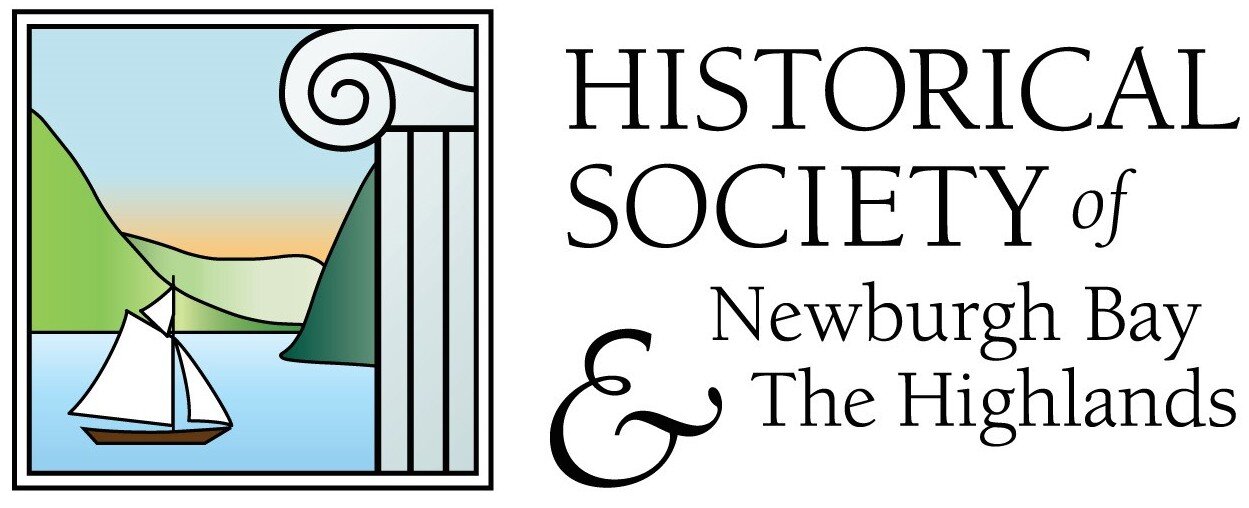The Once-Crowded Waterfront
Last week, I sighed as I backed into an easy curbside parking place and walked to the Downing Film Center on Front Street to watch the simulcast performance of a great American play, A View From The Bridge by Arthur Miller. Seeking a parking place near the Newburgh waterfront will soon be a challenge again as Spring turns to Summer and more folks come to enjoy the Hudson River.
Regular ferry commuters will be joined on pleasant evenings by those who know that a trip back and forth to Beacon on the ferry, Captain Mark Summers, is the best bargain around for a place to cool off and see spectacular scenery before or after dinner. People will board the Pride of the Hudson for regular narrated tours of the area beyond Newburgh Bay or they will board the little launch that makes the short trip over to see Bannerman’s Island. Some will climb aboard the brightly painted River Rose paddleboat for a night of music and dancing under the stars. All this is light river traffic compared to the volume of passengers once carried to and from Newburgh’s shore.
The Hudson River was our first community road and the most efficient way to travel in the 18th and early 19th century until turnpike roads were constructed. From canoes to small sailboats on to sloops and schooners and big barges and liners during the age of steam, Newburghers and their neighbors headed for the many riverfront piers to begin their journeys.
Ferry boat Orange about to dock at the Newburgh Ferry Terminal, ca. 1963.
The New York Waterway ferry that crosses the Hudson for us Monday through Friday is a little peanut compared to the ferries that ran every day for 220 years. Until November 1963, travelers could cross the Hudson by boarding the Newburgh- Beacon ferry in their cars. Goods were sent back and forth in small to medium sized trucks. Many of us recall rolling aboard and only exiting our cars when the ferry was fully loaded and out on the water and it was safe to walk around the deck.
As crowded as the old ferry seemed to me in the 1950’s, it had a sparse crowd compared to the people carried in the early 20 th century. Rarely were the benches on the ferry full in my lifetime, but those curved oak seats that rimmed the boat must have been overflowing in the 1910’s when one of these pictures was taken. Count the hats and realize the photographer only captured a portion of the exiting crowd. Awaiting the people coming off the old ferry is a passenger steamer at the next dock. Soon all those people who came west across the Hudson will go up the steamer’s gangplank and take off for a day of cruising. Joining them will be west- shore folks who didn’t need the ferry crossing to meet the dayliner.
Dozens of steamboats came and went at the Newburgh docks. The Hudson River Dayline, Inc. owned many like the Hendrick Hudson and Robert Fulton and Alexander Hamilton. Other local companies owned smaller vessels. The Benjamin B. Odell is shown here at Newburgh with its decks equally crowded. Named after a New York State Governor from Newburgh, the Odell was a popular boat for daytrips. Coming and going in all sizes, steamboats (some made in Newburgh and many with their engine parts made here) came and went carrying both people and products.
Once, the boat traffic was matched by equal rail traffic in downtown Newburgh. An electric trolley system had a terminus on Front Street so that people could disembark from a boat or train and continue through the city to their destination. Newburgh had three railroad terminals to accept passengers or freight. One of those terminals is left standing as the The Pizza Shop on South Water Street. It is the former New York Central and West Shore Railroad Terminal and served hundreds of people daily. Passenger service ended to Newburgh in 1958 and the poor terminal sat forlornly until converted in 2009, its 100th birthday.
On the next busy evening along Front Street, when you may crave a place to just watch the water roll by, imagine the far bigger crowds that filled that horizon a century ago.


